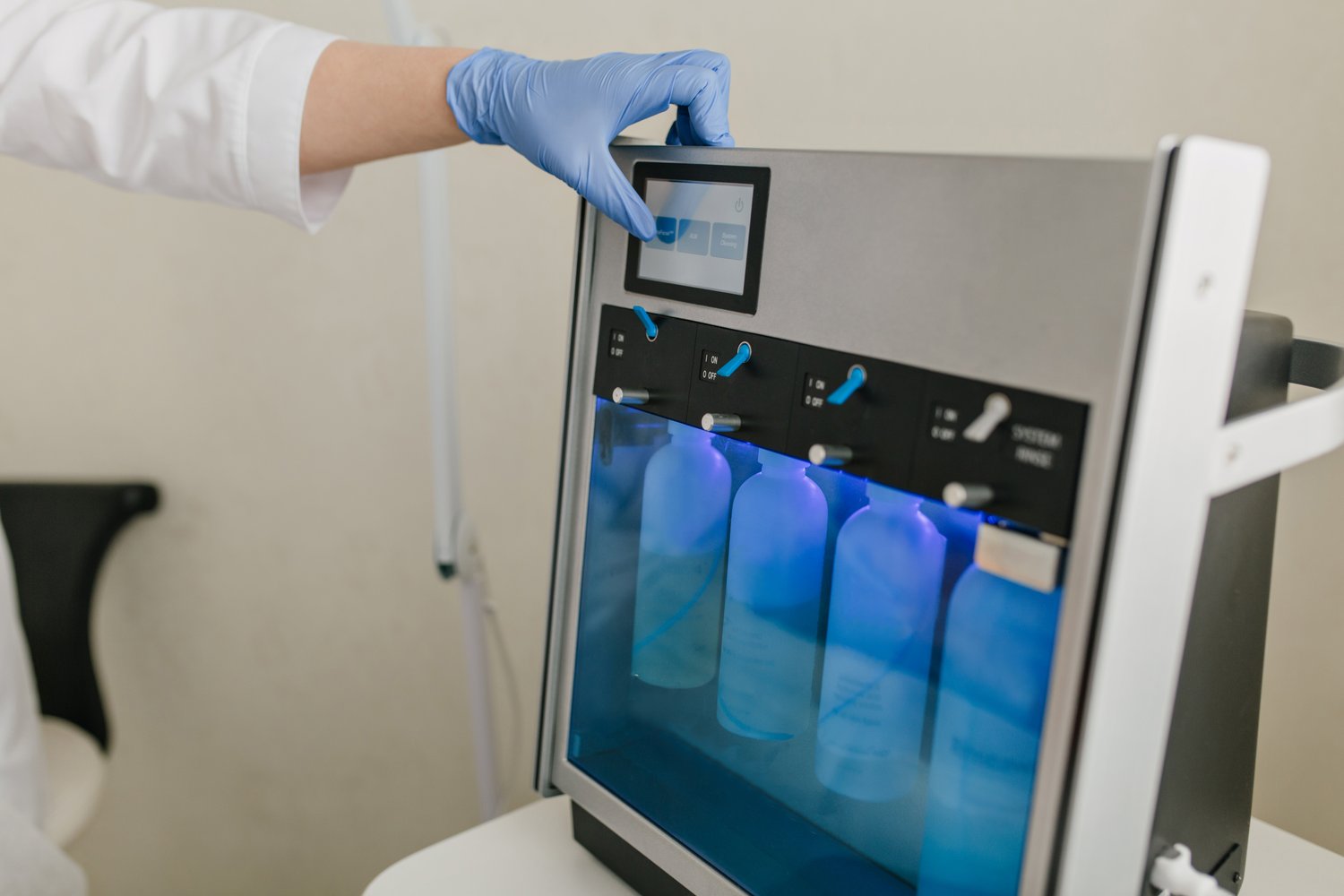Your ice maker suddenly stops working on the hottest day of the year—what a frustrating dilemma! With summer parties and family barbecues just around the corner, a malfunctioning ice maker can quickly turn into a major inconvenience. But don’t worry! This guide provides actionable solutions to common ice maker issues, ensuring that your appliance is back to smoothly delivering chilly refreshments.
- Identify the subtle signs of a malfunctioning ice maker, from strange noises to irregular ice production, and learn how to detect them early.
- Tackle typical ice maker problems such as clogs and faulty sensors with targeted solutions that restore order to your appliance’s performance.
- Implement practical and effective repair steps that not only fix the immediate issue but also prevent future breakdowns.
By diving into this article, you’ll equip yourself with the expertise needed to troubleshoot and maintain your ice maker, ensuring it stands the test of time while providing uninterrupted service. Let’s delve into these insights and keep your cool all year round!
Identifying Issues in Ice Maker Repair Guidelines
Diagnosing issues in your ice maker can often be a simple task when you know what to look for. Understanding the typical signs of trouble can save you time and keep your appliance running smoothly. Irregular ice production is one of the most common indicators of a problem. If your ice maker is producing smaller cubes or none at all, it could be pointing to a malfunction.
Unusual noises can also be a red flag. Listen for grinding, knocking, or buzzing sounds, which are often associated with mechanical issues. One of the first steps in troubleshooting is to check the connection to the water supply. A kinked or frozen water line could be the culprit behind these signs. Always ensure the appliance is level, as imbalance can lead to operational problems.
Detecting issues early not only helps in effective ice maker repair but also extends the life of your appliance. By staying attentive to these signs, you can pinpoint potential problems before they escalate.
Common Ice Maker Problems and Solutions
Ice makers, much like any household appliance, are prone to specific issues. Among the most frequent problems is the formation of ice clogs. Ice build-up can restrict the machine’s normal functioning. To remedy this, regularly inspect and clean the ice chute to remove any obstructions.
Malfunctioning sensors can also lead to operational hiccups, such as non-stop ice production or complete shutdowns. When addressing this issue, verify that the sensor arm is correctly positioned and not stuck. Resetting the ice maker or replacing faulty sensors could solve the problem.
Water leakage is another common concern, often arising from a misaligned or damaged water valve. Ensuring the valve is securely connected and undamaged can prevent leaks. These practical solutions not only help resolve these frequent problems but also improve the overall efficiency and longevity of your ice maker.
Fixing and Preventing Failures in Ice Maker Repair Guidelines
When dealing with ice maker problems, having a clear understanding of practical repair steps is crucial. Begin by unplugging your appliance to ensure safety during the repair process. After securing the unit, investigate the ice maker’s components for visible damages.
Check the water supply line for any kinks or blockages that might restrict water flow. If your ice maker is not producing ice or only makes small cubes, this could be a leading cause. Carefully clean the water filter to eliminate any sediment or impurities that could be hindering performance.
Examine the ice maker’s control arm or sensor. If your unit has a stuck control arm or a faulty sensor, resetting it might rectify any false readings disabling the ice maker’s functions. Detach and reattach the arm to check if it’s moving freely.
Continuously maintain your ice maker to prevent future hiccups. Regularly clean the appliance’s interior and exterior, as limescale buildup or debris can significantly affect operation. Employ a mixture of vinegar and warm water for an eco-friendly cleaning solution.
By applying these ice maker repair guidelines, you not only solve present complications but also establish a maintenance routine to minimize future disruptions. Continuous upkeep is the key to a reliable appliance.
These strategies not only extend the lifespan of your ice maker but also enhance its efficiency, ensuring you always have ready access to ice when you need it. Remember, the prevention of ice maker failures lies in regular maintenance and timely interventions.
Frequently Asked Questions about Ice Maker Repair
Why isn’t my ice maker producing ice?
Check the water supply and ensure the ice maker is turned on. Blocked filters or faulty components may also be culprits.
How can I fix an ice clog in my ice maker?
Defrost the freezer to melt the ice blockage or manually remove the obstruction using warm water.
What causes unusual noises in an ice maker?
Noises are often due to loose components or misaligned parts. Tighten loose screws and ensure all parts are properly seated.
How do I prevent future ice maker issues?
Regularly clean your ice maker, check the water filter, and inspect components to avoid potential problems.
Is it safe to attempt DIY repairs on my ice maker?
Yes, for minor issues like clogs or simple parts replacements. Seek professional help for complex electrical or mechanical problems.





